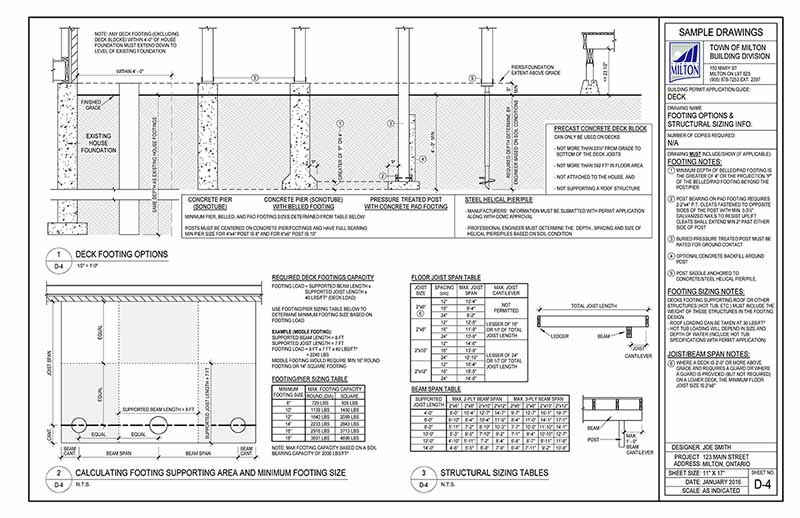

In 1846, Norval had a population of about 200 inhabitants, served by two churches, various tradesmen, a grist mill, an oatmeal mill, a distillery, two stores and a tavern. The Stewart Brothers had a successful mill in Esquesing Village, and James McNab had a prosperous mill in Norval. It was also on the main north-south route to the steamships at Oakville. Įsquesing Village ( Stewarttown) was settled around 1818 and became the seat of the Township of Esquesing. In the 1850s, George Kennedy subdivided his land into small lots for sale to new settlers.

Other entrepreneurs arrived including Philo Dayfoot in the early 1840s, who started the local leather industry. The business prospered for over 100 years. Barber's home, Berwick Hall, still stands at Main and Park Streets. Their products included large volumes of wallpaper. The brothers started the paper-making industry in 1854, using electricity produced by a dynamo at the Credit River. In 1837 the Barber brothers, including William and James, purchased land and the woolen mill and foundry from Kennedy in 1837 they renamed the settlement Georgetown. The road also extended to Galt, to Guelph and to Goderich. In 1828, John Galt of the Canada Company opened the York to Guelph Road (now Highway 7) which connected the settlement around George Kennedy's Mill with other settlements in the area. George Kennedy took advantage of the Silver Creek in the early 1820s to power a sawmill, and later a gristmill and foundry and then a woolen mill a small settlement formed around the mills, often called "Hungry Hollow". Charles Kennedy built a sawmill in a location where Main Street meets Wildwood Road today. The brothers of Charles Kennedy, John, Morris, Samuel and George, all acquired land close to each another in the Silver Creek Valley. Charles Kennedy was hired by Nelles to survey the northern part of Esquesing Township in 1819, and Charles Kennedy received a significant parcel of land as payment for his work. The task of laying out the townships fell to Timothy Street and Abraham Nelles. In 1818, they purchased land that later became the townships of Esquesing and Nassagaweya. By 1850 the remaining Mississauga natives were removed to the Six Nations Reserve, where the Mississaugas of the New Credit First Nation Reserve was established.Ĭommencing in 1781, the British government purchased blocks of land from the Mississauga Nation.

The region was now open to the Algonquian Ojibwa (also known as Mississauga). By 1650, the Hurons had been wiped out by European diseases and the Iroquois.


 0 kommentar(er)
0 kommentar(er)
